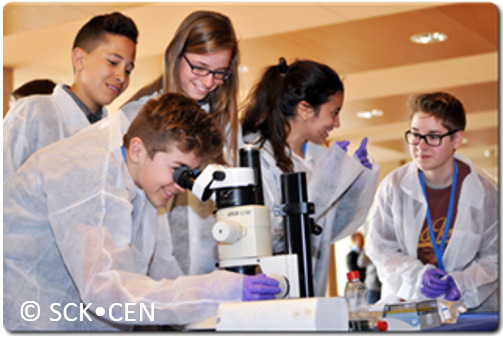Nanoconfined materials and strategies for ionic coupling: A journey towards vapor phase electrolyzers

Category
Ph D Defense
Date
2025-06-23 10:30
Venue
KU Leuven, Aula Wolfspoort, 00.08 - Schapenstraat 34
3000 Leuven, België
3000 Leuven, België
Promovendus/a: Venkataramana Rishikesan
Promotor(en): Prof. dr. Philippe Vereecken, Prof. dr. Christophe Detavernier
Since its invention in the 18th century, electrolyzer design has undergone radical development. Components such as electrodes and separators have become thinner, electrodes are now positioned closer to the membrane, and asymmetric electrolyte feed operations have been introduced among various other advancements in the field. In fact, progress in electrolyzer technology now demands innovation in the core components of the electrolyzer cell, primarily the electrodes. With growing interest in developing electrochemical cells capable of converting water into hydrogen or producing valuable products from CO₂ and N₂ gas streams, new electrode architectures are required.The electro-reduction of CO₂ and N₂ is preferably carried out in the vapor phase due to their low solubility in water- approximately 34 mM and 0.6 mM, respectively. Currently, this is achieved using electrolyzers that feed gaseous CO₂ to the cathode while circulating an electrolyte solution at the anode. However, the membranes separating the two electrodes are highly permeable to water, which eventually floods the vapor-fed cathode thereby undermining its function. A straightforward solution to this problem is to eliminate the liquid electrolyte supply entirely and operate the electrolyzer in a fully vapor-fed configuration.
To enable efficient vapor-phase operation, it is essential to ensure that the electrode supports both ionic and electronic conduction. In this thesis, we propose a novel electrode design consisting of a high surface area platinum nanomesh scaffold conformally coated with a mesoporous silica layer just tens of nanometers thick. This architecture reveals remarkable effects that occur within the nanoscale cages of the nanomesh electrode during vapor-phase operation suggesting innovative strategies for introducing ionic transport into the porous nanomesh structure. The research highlights the role of electrode wetting in enabling partially vapor-fed systems and critically reevaluates the terminology and assumptions surrounding "vapor-phase electrolysis." It distinguishes truly vapor-operated systems from those inadvertently dependent on residual water.
In conclusion, this thesis presents a comprehensive strategy for overcoming longstanding challenges in vapor-phase electrolysis. It offers valuable insights to advance the field by combining novel electrode design, ionic coupling mechanisms, and electrolyzer-level understanding to pave the way for more efficient vapor-fed electrolyzers.
All Dates
- 2025-06-23 10:30
Powered by iCagenda







